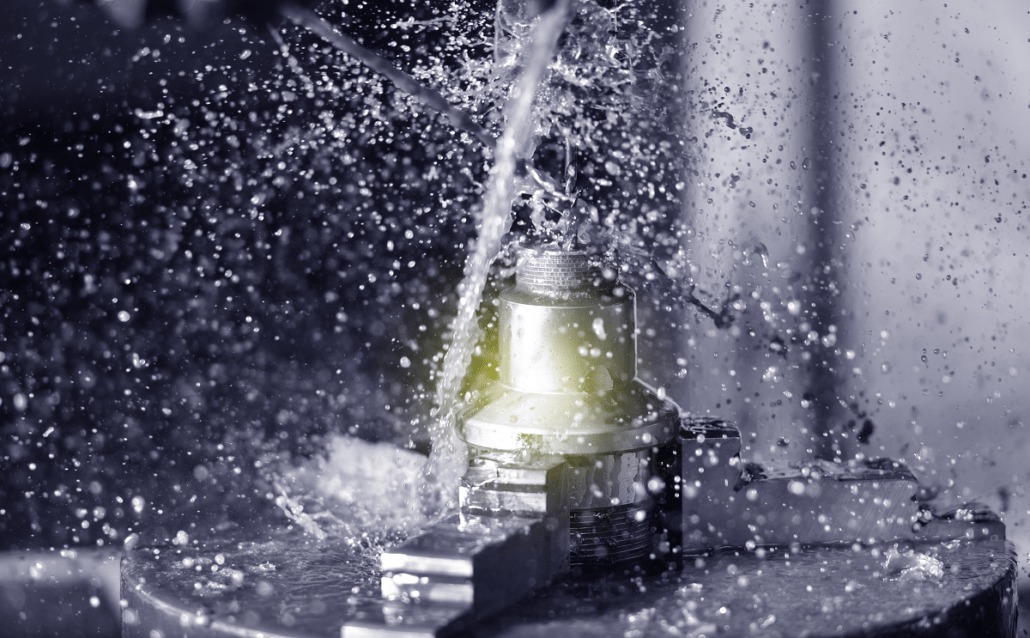Maintaining clean machinery parts is critical in industrial settings where precision and safety converge. Adopting water-based cleaning technologies and moving away from traditional solvent-based methods marks a transformative approach to enhancing workplace safety and environmental sustainability. This evolution toward eco-friendly cleaning practices improves operational efficiency and establishes safer, greener manufacturing and maintenance environments.
Overview of Traditional Parts Cleaning Methods
Traditionally, parts cleaning has relied heavily on solvent-based methods. While effective in removing grease, oil, and other contaminants, these processes have significant drawbacks. The primary concerns revolve around the health and safety risks posed by the volatile organic compounds (VOCs) these solvents emit.
Workers are often exposed to harmful chemicals, leading to respiratory issues, skin irritation, and other health problems. The explosive nature of these solvents introduces a constant risk of fire or explosions, further endangering workplace safety.
Introduction to Water-Based Parts Cleaning
Water-based parts cleaning represents a paradigm shift away from these hazardous methods. Utilizing aqueous solutions, this approach significantly reduces the reliance on chemical solvents. The core of this cleaning method is the aqueous parts cleaner, which uses water as the primary solvent, supplemented by detergents and other non-toxic agents to dissolve contaminants. This minimizes exposure to harmful chemicals and virtually eliminates the fire hazards associated with traditional solvent-based cleaning.
How Water-Based Parts Cleaning Enhances Workplace Safety
Transitioning to water-based cleaning methods, primarily through innovations like aqueous cleaning systems, brings many safety advantages to industrial workplaces.
These benefits include:
- Reduced Chemical Exposure – Water-based cleaning technologies, such as aqueous systems, significantly minimize workers’ exposure to hazardous chemicals. These solutions are formulated with mainly non-toxic substances, substantially lowering health risks related to inhalation or direct skin contact compared to traditional solvent-based methods.
- Lower Fire Risk – Aqueous cleaning equipment minimizes fire hazards since these systems do not rely on flammable solvents. This aspect is particularly vital in industrial environments, where the accumulation of volatile compounds poses a significant risk of ignition and can lead to severe accidents.
- Enhanced Air Quality – Shifting from solvent-based to aqueous cleaning solutions improves indoor air quality. Facilities can foster a healthier air environment by cutting down on the volatile organic compounds (VOCs) typically released by solvents. This change protects employees’ respiratory health and contributes to a safer, more comfortable workplace.
- Decreased Environmental Impact – Water-based cleaning methods are inherently more eco-friendly. They reduce the release of harmful chemicals into the environment, aligning workplace practices with sustainability goals and regulatory compliance for environmental protection.
- Ergonomic and Safety Enhancements – Modern aqueous cleaning systems often come with design features that enhance ergonomics and reduce physical strain for operators, further contributing to a safer work environment. Features such as automated loading and user-friendly interfaces can decrease the risk of workplace injuries.
These collective benefits underscore the importance of adopting water-based cleaning technologies in industrial settings. By doing so, facilities can improve the safety and health of their workforce and take a step forward in environmental stewardship and regulatory compliance, establishing a more sustainable and safer operational framework.
Integrating Water-Based Parts Cleaning into Existing Workflows
Implementing water-based parts cleaning systems, like an aqueous batch cleaner, into existing operations requires strategic planning to ensure a smooth transition. Facilities must consider the specific needs of their cleaning processes, evaluating the types of contaminants typically encountered and the materials of the parts being cleaned.
Training staff on properly using the new equipment and solution is crucial to maximize the benefits of the aqueous parts cleaner systems. Despite the initial investment and adjustment period, the long-term gains in safety, efficiency, and environmental compliance make the transition worthwhile.
Water-Based Parts Cleaning in Enhancing Workplace Safety
The move towards water-based parts cleaning, highlighted by adopting aqueous batch cleaner systems, signifies a significant advancement in industrial safety practices. This method not only meets the cleaning needs of modern workshops and manufacturing facilities but does so in a way that significantly enhances workplace safety.
Water-based cleaning solutions present a compelling case for businesses looking to protect their workers and the environment by reducing chemical exposure, lowering fire risks, and improving air quality. As industries prioritize safety and sustainability, the role of water-based parts cleaning in achieving these objectives becomes increasingly indispensable.
